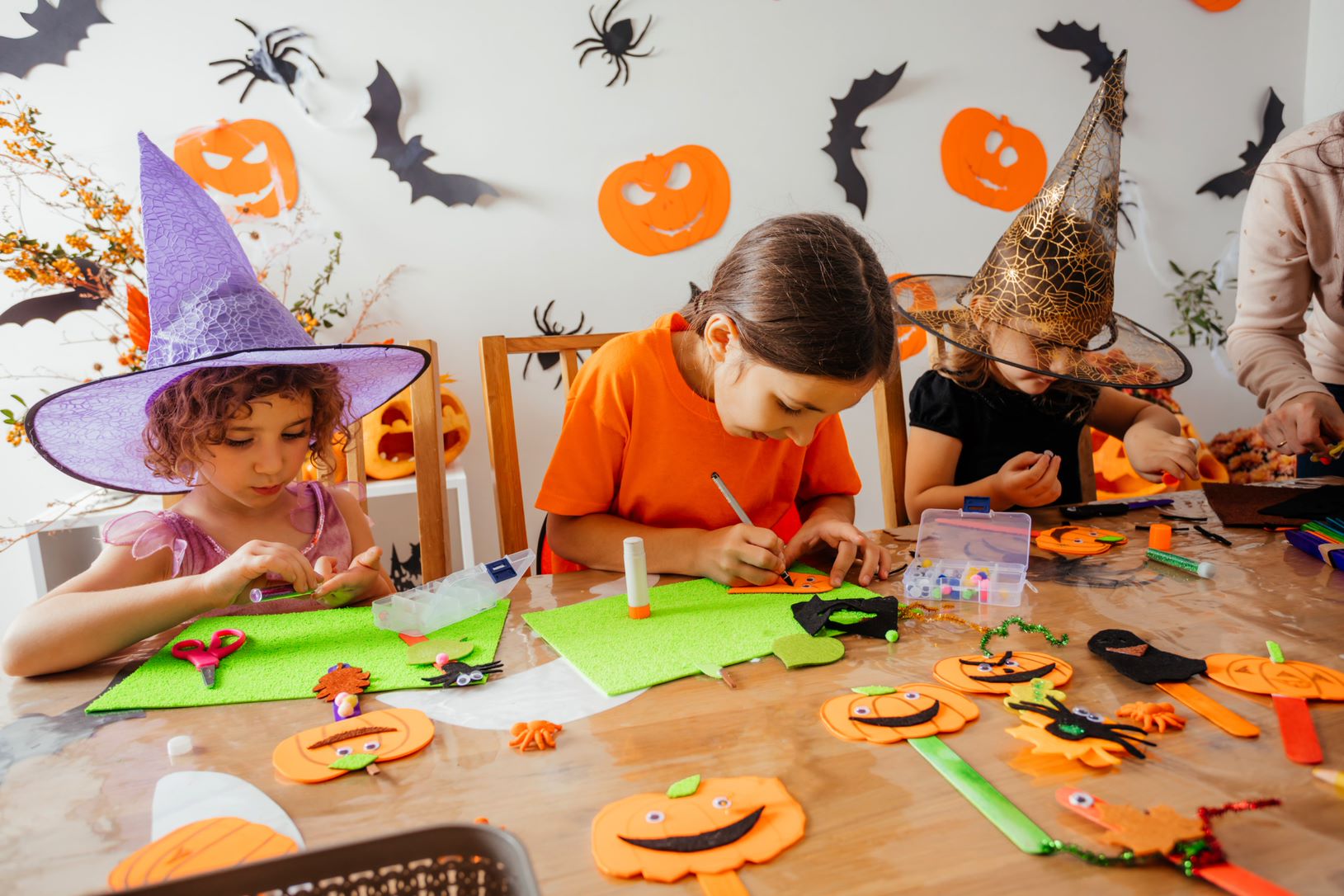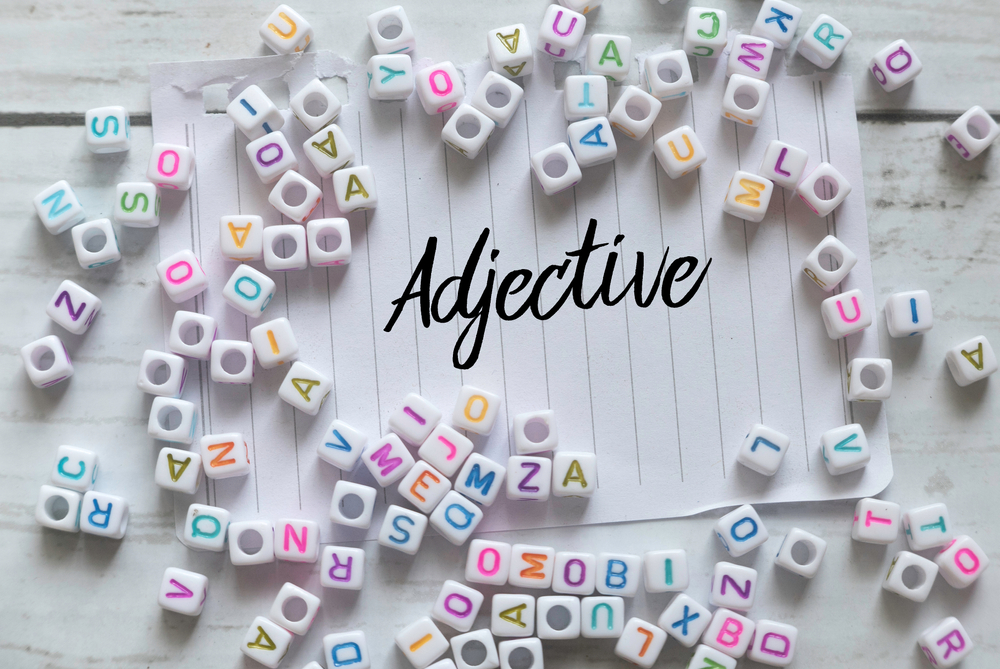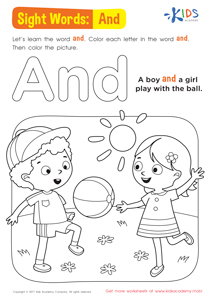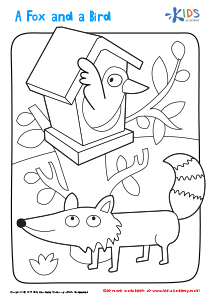Easy Upper & Lowercase Letters worksheets activities for Ages 4-6
2 filtered results
-
From - To
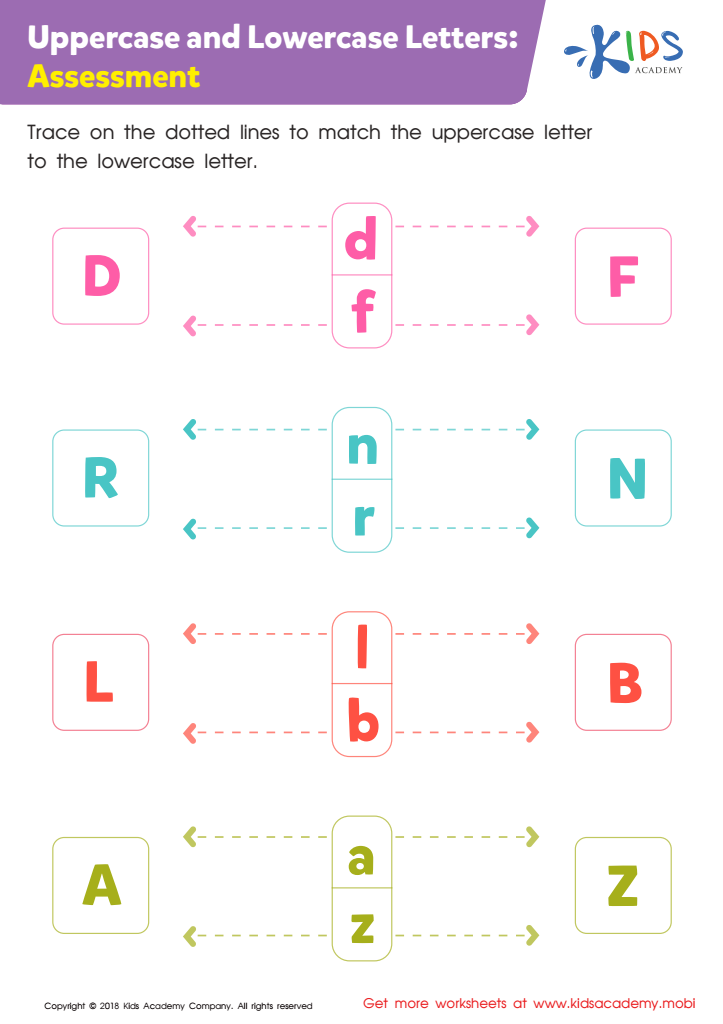

Uppercase and Lowercase Letters: Assessment Worksheet
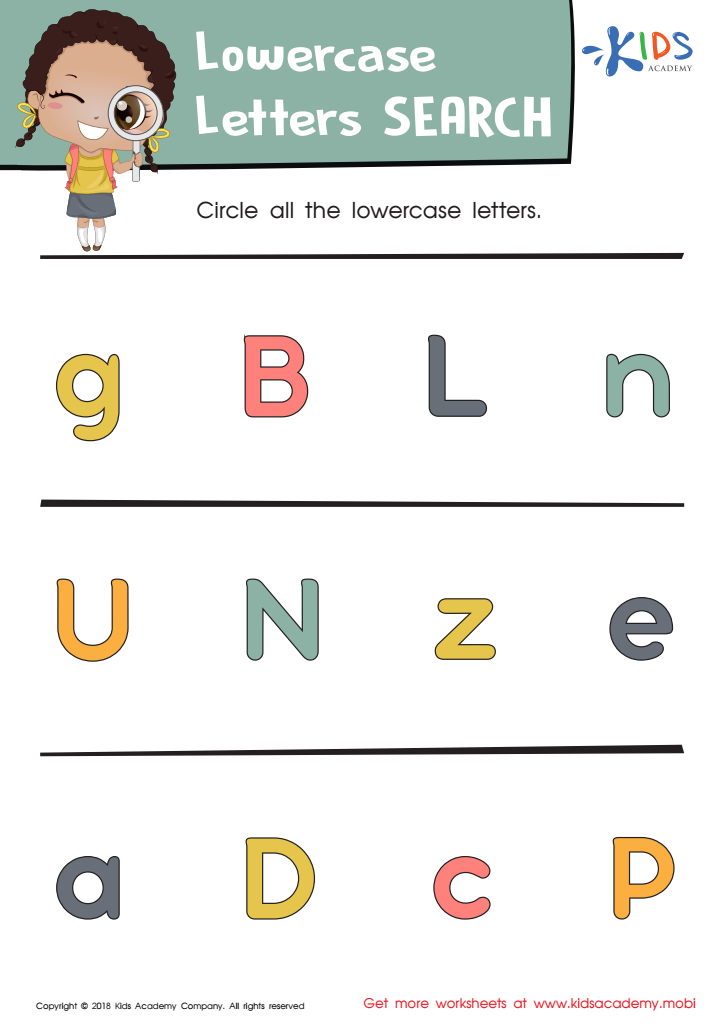

Lowercase Letters Search: Assessment Worksheet
Easy Upper & Lowercase Letters worksheets activities serve as an invaluable resource for early learners, providing a structured and enjoyable way for children to grasp the basics of the English alphabet. These worksheets are specifically designed to cater to young learners, making the process of distinguishing between uppercase and lowercase letters not only educational but also fun.
One of the primary reasons these activities are so beneficial is that they cater to a range of learning styles. Whether a child is a visual, auditory, or kinesthetic learner, Easy Upper & Lowercase Letters worksheets activities often incorporate elements that appeal to different senses, enhancing the learning experience and retention of knowledge.
Moreover, these worksheets are instrumental in improving fine motor skills. As children trace, write, and color, they develop hand-eye coordination and the fine motor skills crucial for writing. The simplicity of the activities ensures that children are not overwhelmed but instead can build their skills gradually and with confidence.
Another significant advantage is the reinforcement of letter recognition. By engaging with both uppercase and lowercase letters in various contexts, children become familiar with the letters' shapes and sounds, an essential foundation for reading and writing. These worksheets often employ creative and context-based approaches, such as matching games or letter hunts, making learning more interactive and enjoyable.
Easy Upper & Lowercase Letters worksheets activities also encourage independent learning. With clear instructions and manageable tasks, children can work on these activities with minimal supervision, fostering a sense of achievement and self-motivation. This independence in learning is crucial for developing lifelong learning habits.
In summary, Easy Upper & Lowercase Letters worksheets activities are an excellent tool for early literacy. They not only make learning engaging and accessible for young learners but also lay a solid foundation for their future academic success by developing essential reading and writing skills.
 Assign to the classroom
Assign to the classroom


